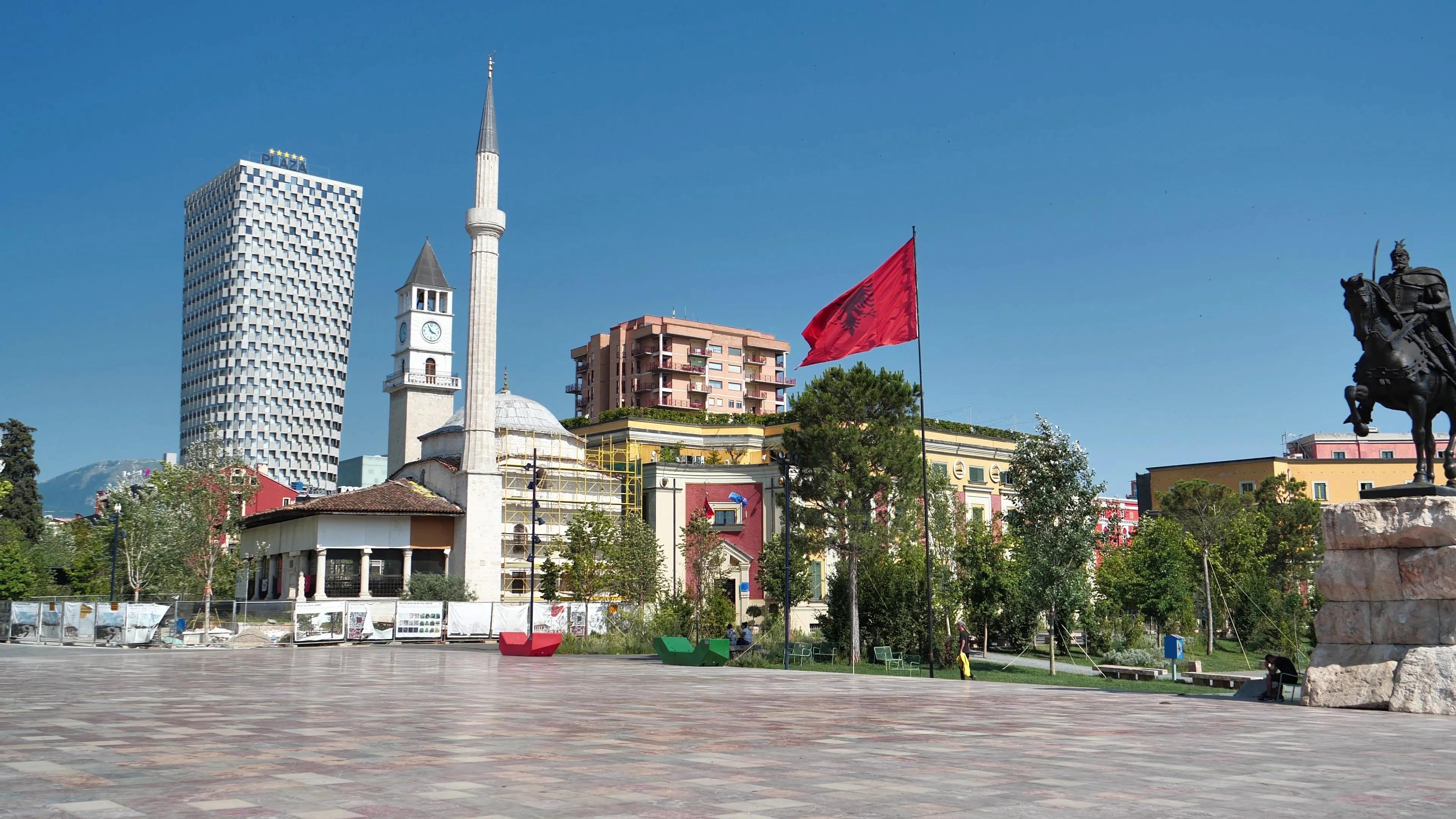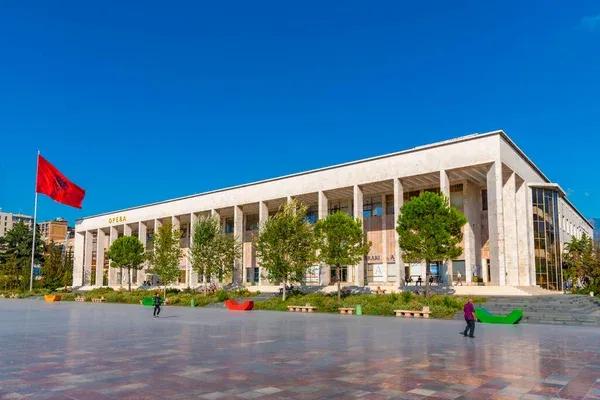Pyramid Of Tirana
Historical Sites
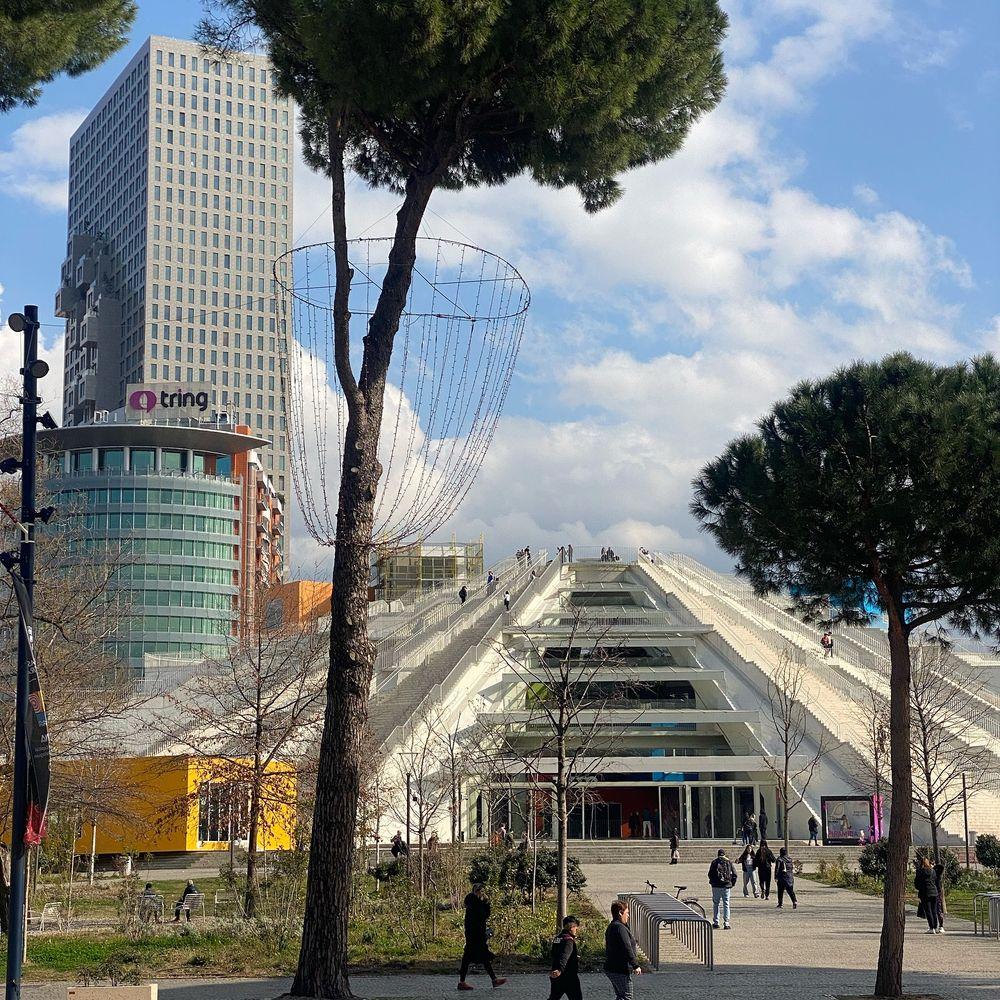
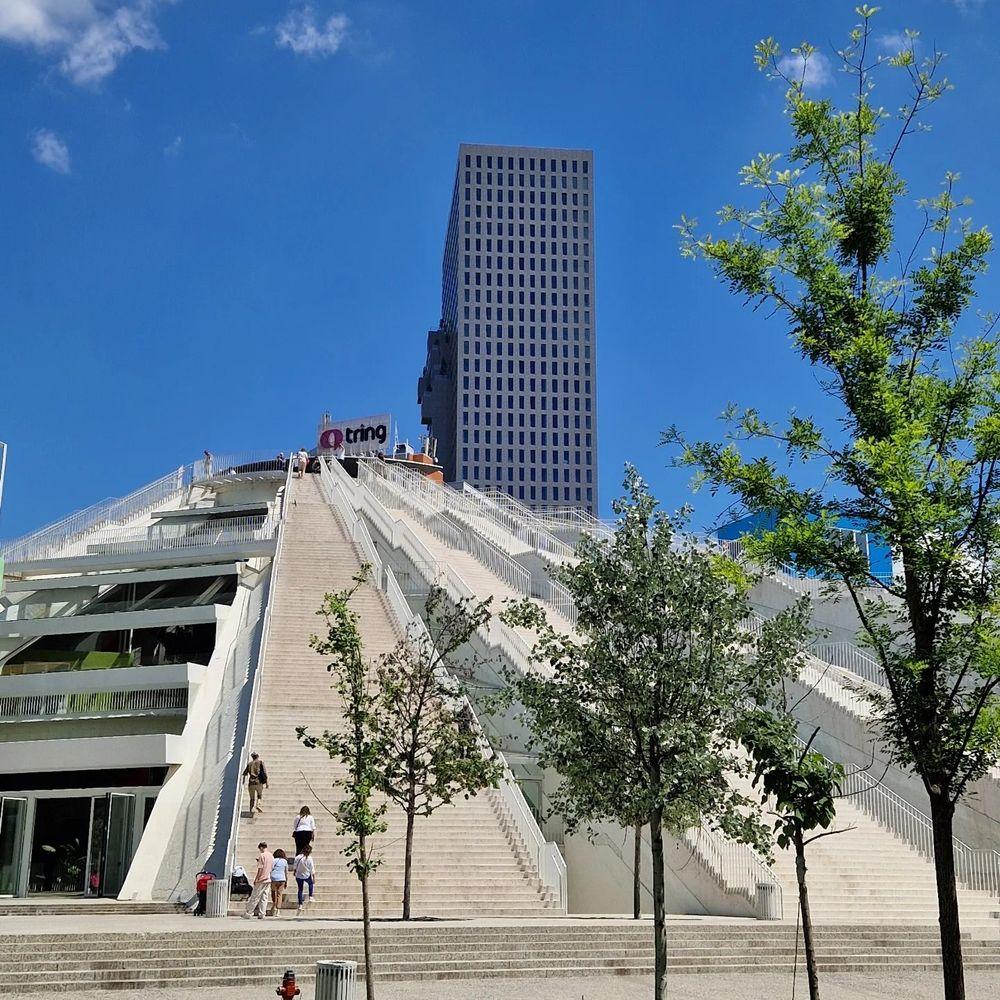
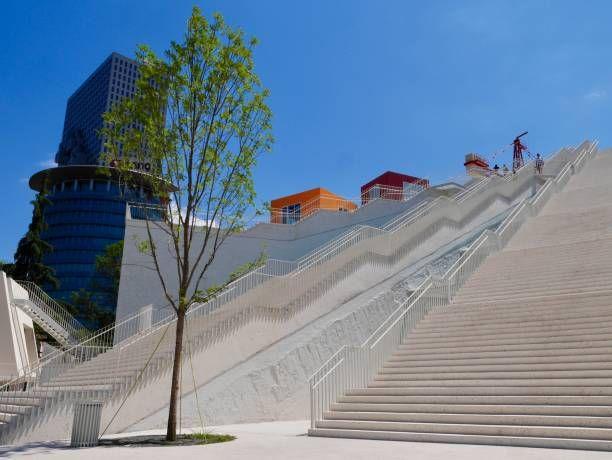
.jpg&w=1920&q=75)
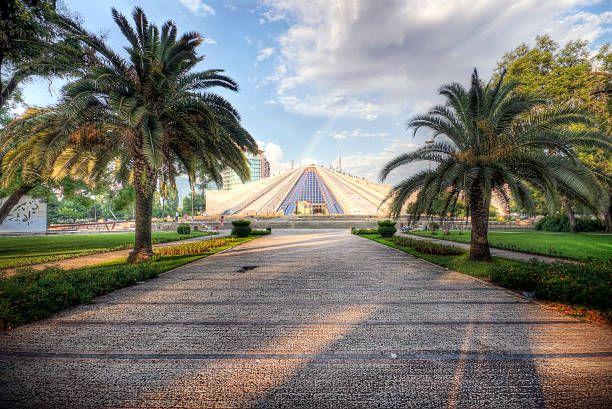
Essential Info
Opening Hours
About
Pyramid of Tirana: Albania's Most Controversial Monument
The Pyramid of Tirana stands as one of Albania's most recognizable and debated architectural landmarks. This striking concrete structure, located in the heart of Tirana, has undergone multiple transformations since its opening, reflecting Albania's dramatic political and social changes over the past four decades.
From Mausoleum to Cultural Hub
The Pyramid Tirana Albania was originally designed as a museum dedicated to communist dictator Enver Hoxha, opening its doors in 1988, just three years after his death. Designed by a team including Hoxha's daughter and son-in-law, architects Pranvera Hoxha and Klement Kolaneci, along with Pirro Vaso and Vladimir Bregu, the building represented the pinnacle of Albanian brutalist architecture. Its distinctive pyramidal shape and imposing presence made it an immediate landmark in Tirana's skyline.
A Building of Many Lives
Since the fall of Albania's communist regime in 1991, the Tirana pyramid has led remarkably diverse lives, each reflecting different chapters in the nation's transition to democracy. The building served various purposes including a radio station, nightclub, conference venue, and broadcast center. During the 1999 Kosovo War, NATO forces utilized the structure as a temporary base, adding another layer to its complex history.
These ever-changing uses, combined with incomplete renovation attempts over the years, left the interior cluttered, dark, and increasingly deteriorated. The building's fate became one of the most contentious debates in Albanian society—should this symbol of communist oppression be demolished or preserved as part of the nation's historical memory?
The Preservation Debate
The question of what to do with the Albania pyramid sparked passionate discussions among Albanians for decades. Some viewed it as a painful reminder of dictatorship that should be erased, while others saw it as an important historical monument worthy of preservation. A pivotal 2015 study revealed that the majority of Albanians opposed demolishing the building, recognizing its significance to the nation's architectural heritage and collective memory.
This public sentiment was honored in 2017 when the Albanian government, in partnership with the Albanian-American Development Foundation (AADF) and the Municipality of Tirana, announced an ambitious transformation plan. Rather than destruction, the decision was made to reimagine the piramida Tirana Albania as a nurturing environment specifically designed for young Albanians.
The Modern Transformation
The comprehensive renovation, led by Dutch architecture firm MVRDV in collaboration with Albanian co-architects WING and iRI, has breathed new life into this controversial structure. The redesign maintains the building's iconic pyramidal form while opening it up both literally and metaphorically to the community. The transformation includes:
Stepped Terraces - The pyramid's sloped surfaces have been transformed into accessible stepped terraces where visitors can walk, sit, and even slide down, turning the building's exterior into an interactive public space. These steps, which Albanian children have been climbing for years despite restrictions, are now officially safe and welcoming.
Educational Facilities - The interior now houses a technology education center offering free programming courses, robotics training, and digital skills workshops for Albanian youth, addressing the country's need for technological education and preparing young people for the modern economy.
Cultural Spaces - The building includes areas for exhibitions, performances, and community gatherings, making it a vibrant cultural hub that serves Tirana's creative community.
Transparency and Light - The previously dark interior has been opened up with extensive glazing and skylights, flooding the spaces with natural light and creating visual connections between inside and outside.
Café and Public Amenities - Modern café spaces and public facilities make the pyramid a comfortable destination for visitors of all ages.
Architectural Significance
The pyramid of Tirana represents a remarkable example of brutalist architecture characteristic of communist-era Eastern Europe. Its geometric purity, use of raw concrete, and monumental scale exemplify the architectural principles of the period. The recent renovation demonstrates how controversial heritage can be adapted for contemporary use while preserving its historical character—a model for other post-communist countries grappling with similar architectural dilemmas.
Visiting Information
Location: The pyramid sits prominently on Bulevardi Dëshmorët e Kombit, near Skanderbeg Square and other major Tirana attractions, making it easily accessible by foot or public transportation.
Opening Hours: The center typically operates daily, though specific hours may vary. It's advisable to check current schedules before visiting.
Admission: Many programs and areas are free to access, reflecting the building's mission to serve Albanian youth and the broader community.
What to Do: Visitors can climb the exterior steps for panoramic city views, explore educational exhibits inside, attend workshops and events, or simply enjoy coffee while experiencing this transformed landmark. The building is particularly photogenic during sunset when the stepped terraces create dramatic shadows.
Photography: The pyramid has become one of Tirana's most photographed locations, popular with both tourists and locals. The stepped exterior provides unique perspectives of the city.
Cultural Impact
Today's Pyramid of Tirana symbolizes Albania's forward-looking attitude while acknowledging its complex past. By transforming a monument to dictatorship into a center for youth empowerment and education, Albania has created a powerful narrative about reconciliation, renewal, and progress. The building serves as a meeting place for generations, where older Albanians share memories while young people build future skills.
The pyramid's transformation has garnered international architectural recognition, winning several awards and appearing in numerous design publications. It demonstrates how thoughtful adaptive reuse can give controversial structures new meaning and social purpose.
For visitors to Tirana, the Pyramid of Tirana offers a unique opportunity to experience Albanian history, contemporary culture, and innovative architecture in one extraordinary location. Whether you're interested in Cold War history, modern architecture, or simply seeking an unusual urban experience, this remarkable structure deserves a place on your Tirana itinerary.
For more information about Albania's architectural heritage and cultural transformation, visit UNESCO's Albania page, which provides context about the country's historical sites and cultural development.
Explore More Historical Sites
Uncover more historical sites spots that intrigue you.
Tirana: A City of Wonders
Uncover hidden treasures in Tirana.




